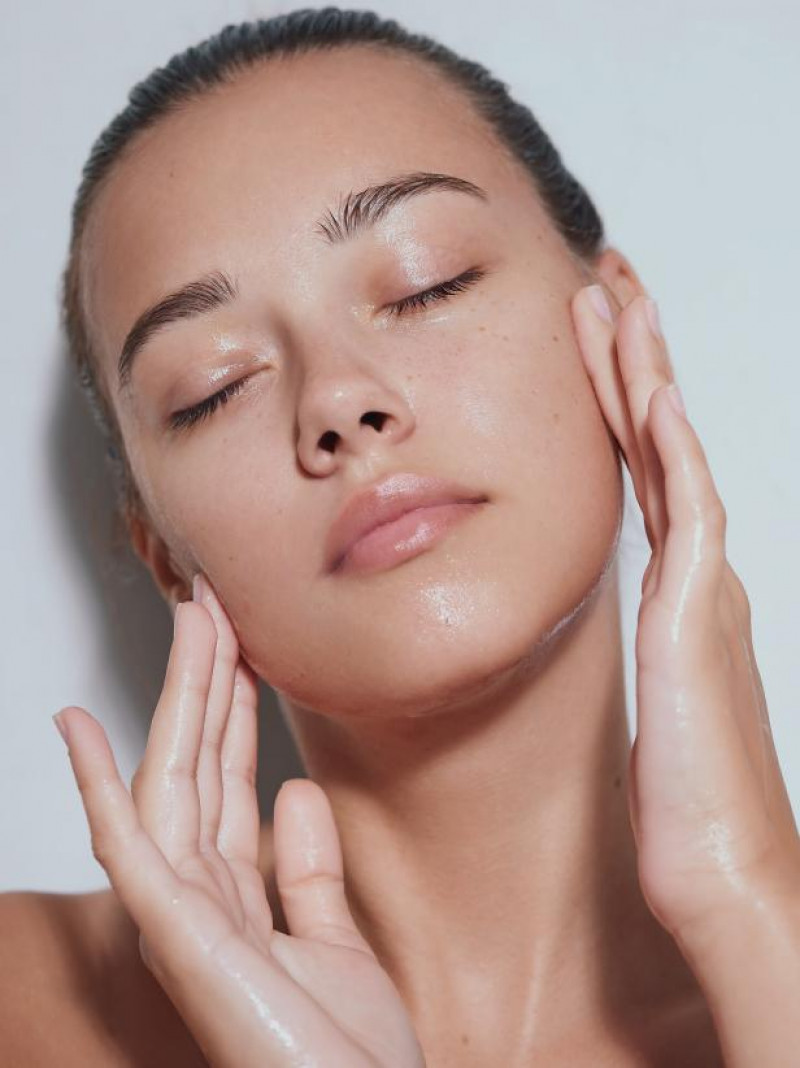
Women in today's beauty-obsessed culture are always researching new ways to enhance their complexions. Chemical peels are one type of skincare treatment that has recently gained in popularity. Like any other treatment, this one comes with its own benefits.
This article delves into the world of chemical peels, exploring the advantages and disadvantages of these effective skincare procedures.
An Introduction To Chemical Peels
This non-invasive cosmetic procedure involves applying a chemical solution to the skin to stimulate exfoliation and peeling to achieve the desired results. The skin that is replaced through regeneration typically has a more even pigmentation, fewer wrinkles, and a more youthful appearance than the skin it replaces.
Peels can be divided into three categories: superficial, medium, and deep. These categories are determined by the depth to which the chemical solution penetrates the skin and the intensity of the peeling effect.
Superficial Peels

The skin's surface is gently exfoliated with these peels, also known as "lunchtime peels," which use mild acids like alpha-hydroxy acids (AHAs) or beta-hydroxy acids (BHAs). These peels are popular at clinics like dermani MEDSPA because there is no need for recovery time, making them ideal for time-pressed women.
Medium Peels
Trichloroacetic acid (TCA) and other slightly stronger acids are used in medium peels to penetrate the skin's outer and middle layers. They can correct minor flaws such as age spots, fine lines, and uneven skin tone.More time is needed for healing after a medium peel than after a superficial one, but the effects are more noticeable.
Deep Peels
Strong chemicals such as phenol are used to reach the dermal layers of skin during a deep peel. They work well for reducing the appearance of deep lines, scars, and pigmentation issues. Due to the intense deep peels, there is a lot of recovery time and some risk involved.
The Benefits of Chemical Peels
Improved Skin Texture And Tone

Chemical peels can considerably improve the appearance of a number of skin flaws, such as uneven pigmentation, fine lines, and wrinkles. The new look of the skin is brighter, and the tone is more consistent.
Improved Collagen Synthesis
Chemical peels promote collagen production, the protein responsible for the skin's firmness and elasticity, by stimulating the skin's natural healing process. A more youthful appearance may result, as sagging skin and wrinkles are less noticeable.
Acne Medication
Acne can be reduced in severity and severity of scarring by using chemical peels to unclog pores and calm inflammation. Similarly, some peels may be able to help reduce the appearance of acne scars as well.
Chemical Peels: What To Consider
Possible Reactions
Possible reactions to chemical peels include redness, swelling, and heightened photosensitivity. These unwanted effects usually don't last long and are easy to handle with aftercare.
Downtime
Chemical peel recovery times vary from a few hours to several weeks. It takes less time to heal from a superficial peel than a deeper one.
Cost
The financial outlay for a chemical peel should not be taken lightly. It's a good idea to weigh the benefits and drawbacks of the procedure before committing to having it done.
















